Key Points and Summary – Operation “Midnight Hammer” was a bold demonstration of U.S. airpower, with nine B-2 stealth bombers striking Iranian targets. But beneath the success lies a troubling reality: America’s strategic bomber fleet is too small for modern great-power warfare. With only 20 B-2s and aging B-1s and B-52s, the U.S. lacks the mass needed to sustain strikes against well-defended adversaries like China.
Bottom line: Experts now urge the Pentagon to more than double the planned B-21 Raider buy to 200 or more. With rising threats and stretched resources, expanding stealth bomber capacity is essential to deter conflict and project power in the 21st century.
The B-21 Raider Won’t Be Enough Without a Bigger U.S. Bomber Fleet
Operation “Midnight Hammer” showcased American strategic airpower for the world to behold. And while it was truly impressive, it showcased air tech essentially from the 1986 Top Gun-era and not that of Top Gun: Maverick in the 2020’s.
The military operation also exposed the shockingly small fleet size of one of America’s most capable power projection platforms: the stealthy B-2 bomber.
Scary but true is that America’s B-2 fleet is large enough for a raid. Not a battle, and certainly not a war.
The U.S. military’s limited capacity to sustain strategic air operations against more capable and vast adversaries like China or Russia is a glaring weakness that, if unaddressed, will invite opportunism and aggression.
Nine B-2s—nearly half the entire fleet—were deployed from Whiteman Air Force Base. Seven flew east to strike, supported by tankers, electronic warfare aircraft, and other assets, while two flew west to generate deceptive open-source intelligence activity.
This impressive display of combat power also revealed concerning limitations. It took nearly half of America’s most advanced heavy bombers to destroy a single target (albeit a complicated and gigantic one) in a country with limited air defenses. Our bombers relied on airspace access previously cleared by Israeli strikes.
America’s also-aging B-52s and B-1s were not viable alternatives, as they are vulnerable in environments even as minimally contested as a battered Iran and air superiority. In addition, one of the B-2s sent west got stuck in Hawaii after having to make an emergency diversion. Washington can only hope that it doesn’t end up like the damaged B-2 that was retired last year after it was determined to be too expensive to repair.
The B-2 fleet’s small size is a legacy of post-Cold War decisions. Originally intended to number 132, only 21 were built due to cost overruns and the “end of history” after the Soviet Union’s collapse, which justified the procurement holiday from which the Air Force has never recovered.
Today, the Air Force plans to acquire just 100 B-21 Raiders, the next-generation stealth bomber. Yet, as the Center for Strategic and Budgetary Assessments noted in 2020, the total bomber fleet is shrinking while its age is ever-increasing. The U.S. bomber fleet size has stagnated while its average age exceeds 40 years. By 2030, CSBA projects a total fleet of just 172 bombers, dominated by aging B-52s and B-1s—platforms unsuitable for modern contested airspaces.
A limited stealth bomber force may suffice against weakened states like Iran but is inadequate for high-end warfare with peer adversaries. This gap emboldens enemies and increases the risk of future conflict.
China has recently increased production of bombers that can strike Guam and beyond. Their mainstay H-6N bomber, on deployment to the disputed and strategically located Paracel Islands, can carry a payload of 6 cruise missiles with which to menace American and allied assets. In addition the Chinese air force is building a stealthy bomber, the H-20, that could be a counter to the B-2 and the B-21.
To deter major powers suffciently, experts argue the U.S. must significantly expand its stealth bomber fleet. Mark Gunzinger and colleagues advocate for more than doubling the planned B-21 buy to build a nearly 400-strong strategic bomber force.
Dr. Rebecca Grant of the Lexington Institute concurs, suggesting at least 200 B-21s and establishing a second production site. Importantly, this recommendation is supported by Air Force Global Strike leadership. Congress must act decisively to invest in the mass and stealth needed to restore conventional deterrence.
Thankfully, the defense budget is poised to support the momentum needed for a large scale up. In the current fiscal year 2025, $2.7 billion was enacted for B-21 RDT&E and $1.9 billion for procurement. For the White House’s 2026 discretionary budget request, Raider R&D funds clock in at $2.3 billion and procurement $2.6 billion.
The One Big Beautiful Bill draft reconciliation bill using mandatory money seeks $2.4 billion for RDT&E and $2.1 billion for Raider procurement. We have a relatively flat trajectory in the baseline discretionary funding and a one-time infusion that is relatively stiff.
This reconciliation jumpstart to crank up B-21 production is an excellent sign that the importance of scaling is understood. However, to achieve the fleet size that global reality will surely require, continued funding at sustained higher amounts will be necessary in 2027 and 2028.
Similarly, the munitions the B-21 will be capable of carrying need to increase. Given that it is a medium bomber, the expectation is that the Raider will only be able to onboard one 30,000-pound Massive Ordnance Penetrator at a time; not two like the B-2. Should another raid like Midnight Hammer occur in the near future, it would place a bigger burden on the Raider fleet given their size and weight differences.
Furthermore, the fact that the Raider is a dual-use, conventional and nuclear-capable bomber means it must perform the work of many aircraft in one. Being a utility infielder bomber, it is clear that 100 B-21s will not be enough. Especially given the force generation demands highlighted to pound Iran’s nuke site. When ready aircraft are in operational use, most of the rest are in work up and maintenance to take their place. The few that remain are mostly offline entirely given the age of this antique-plated fleet.
The defense budget request for the next fiscal year is on the right track to grow the B-21 program and select munitions accounts. It will be essential to maintain those higher levels of funds for the next half decade to deliver the same strategic effects against a more capable enemy with sophisticated weaponry and mass.
About the Author: Mackenzie Eaglen
Now a 19FortyFive Contributing Editor, Mackenzie Eaglen is a senior fellow at the American Enterprise Institute (AEI), where she works on defense strategy, defense budgets, and military readiness. She is also a regular guest lecturer at universities, a member of the board of advisers of the Alexander Hamilton Society, and a member of the steering committee of the Leadership Council for Women in National Security.

.jpeg)
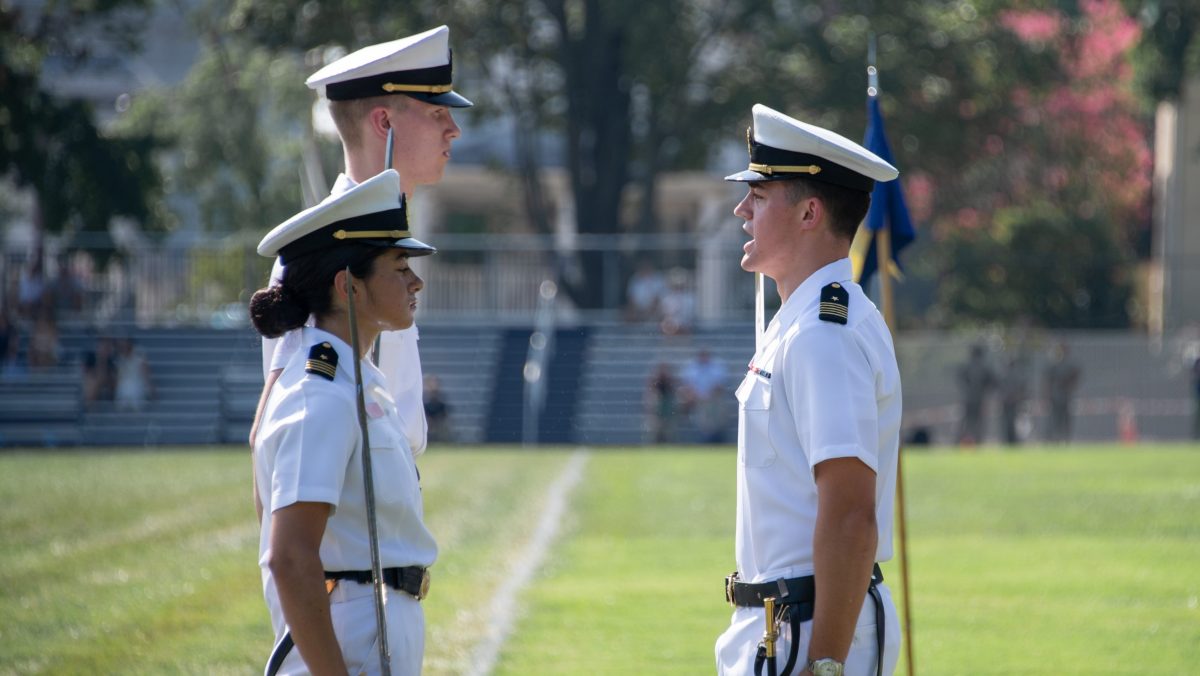
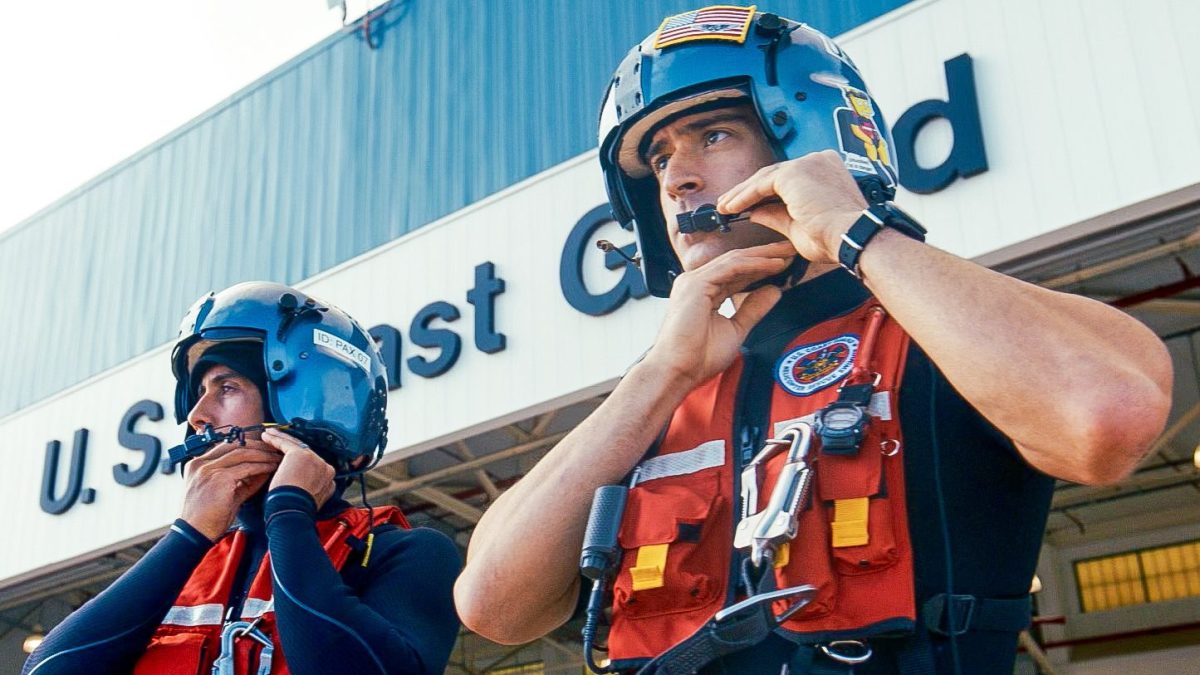
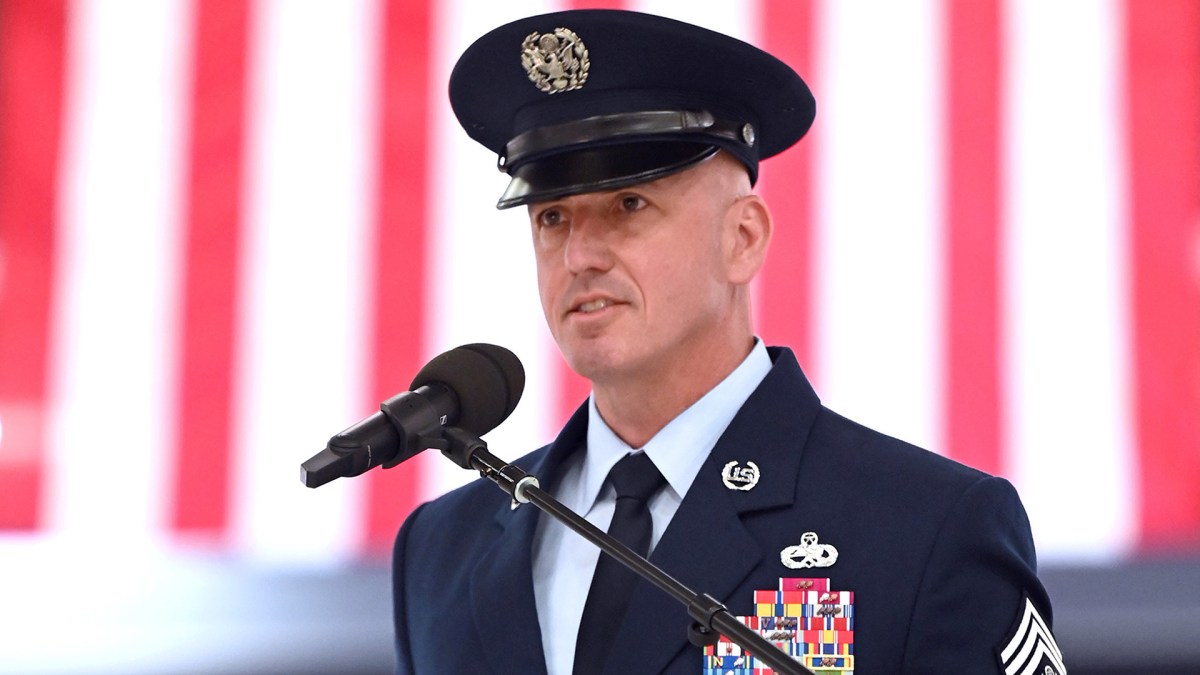
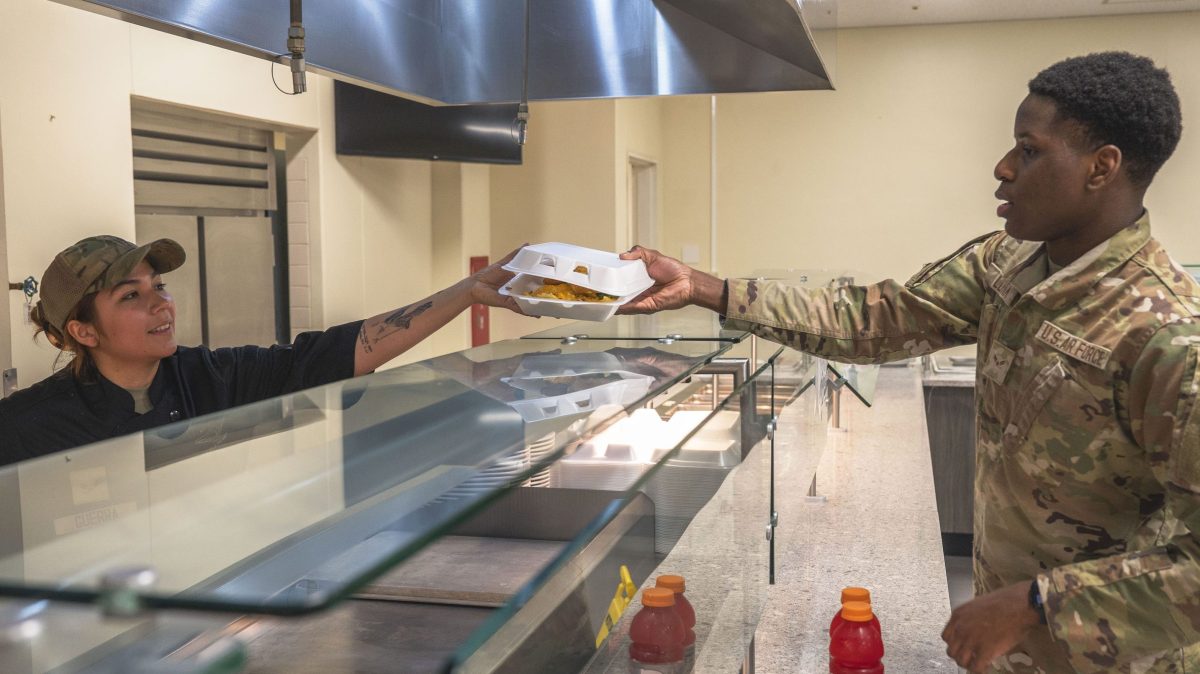






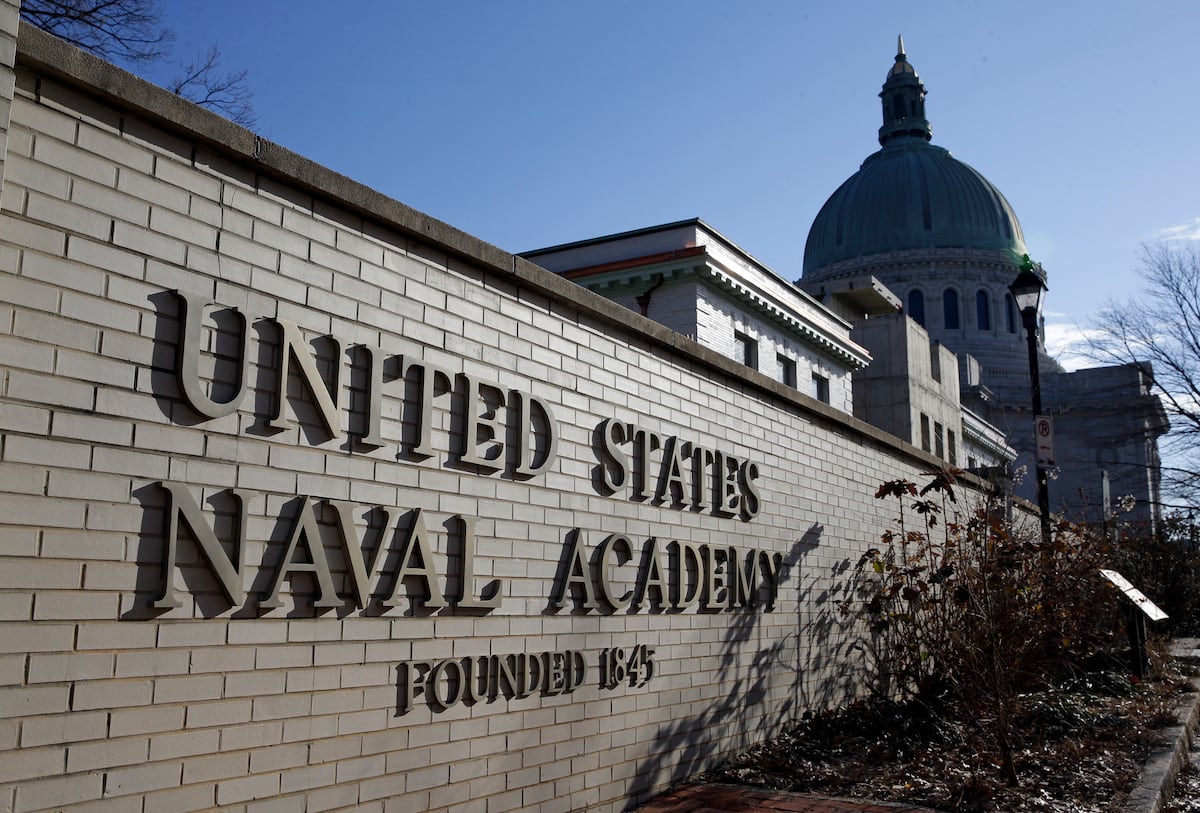











.jpeg)













 English (US) ·
English (US) ·